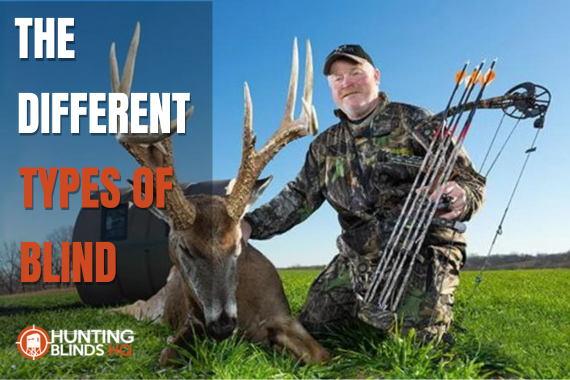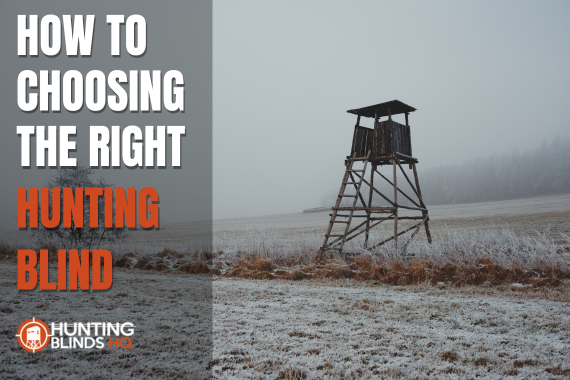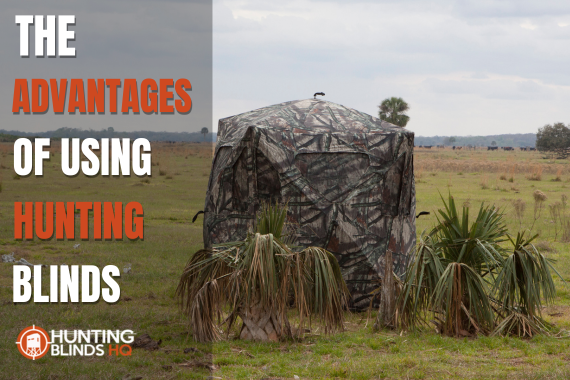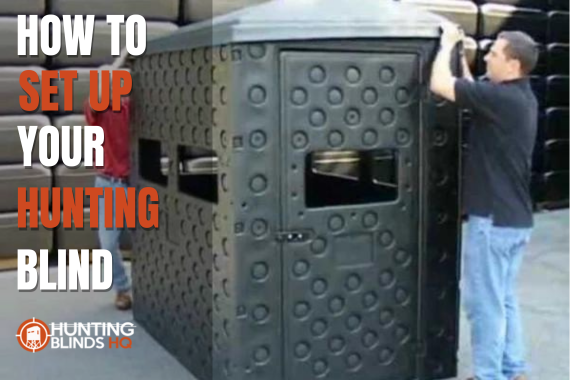
Your Guide to Hunting Blinds: Types, Benefits, and Best Options
If you’re into hunting, you know they’re pretty much a must-have. Whether you’re after the best ground blind for bowhunting or the best ground blind for cold weather, an elevated deer stand, or even custom duck blinds, picking the right one can change your game. These blinds offer concealment, shield you from the weather, and allow you to take those precise shots without scaring off your target. Sounds pretty good, right?
But we get it—many options can make choosing the right one a colossal task. In this guide, We’ll break down the common types of hunting blinds and their pros and cons and help you figure out the best ground blind, tree stand, or pit blind that fits your needs.
Ground Blinds

Ground blinds? Oh man, they’re super popular, especially for deer hunting. They’re great for staying hidden and are a favorite among bowhunters who must sneak in close without being seen.
So, there are mainly two types of ground blinds:
1. Permanent Ground Blinds – These are built right on the hunting grounds you’ve been using. They're sturdy, usually wood or metal, and can comfortably fit one or two hunters.
2. Portable Hunting Blinds – These are lightweight and easy to pop up, perfect for those who like to move around. The best ones are made from tough materials like nylon, canvas, or mesh and come in various sizes, so you can fit a few hunters if needed.
Advantages of Ground Blinds
- Portability - You can easily transport these deer blinds and set them up anywhere.
- Concealment - They blend in well, whether you’re in an open field or thick woods.
- Comfort - Many tent blinds come with cushy seats and adjustable windows and are made to withstand the weather. Makes them a top pick for chilly days! If you’re on the lookout for the best ground blind for bowhunting, keep an eye out for ones that are low-profile and have quiet windows. Less movement means less chance of spooking your prey.
Tree Stands

Now, tree stands are a whole different ball game. They give you that sweet, elevated view, making it easier to spot and shoot at the game. They’re a solid alternative to ground blinds, especially when hunting deer in thick forests.
Here are some common types:
Ladder Stands - These bad boys offer stability and comfort, complete with a built-in seat and shooting rail.
Climbing Tree Stands - Perfect for hunters needing mobility and flexibility.
Hang-On Tree Stands - Super portable, allowing for quiet setup and access.
Advantages of Tree Stands
- Better visibility - Up high means you can see the game further away.
- Scent control - Staying above ground helps keep your scent from being detected.
- Compact storage - Most of these stands are lightweight, making them easy to carry.
Pit Blinds

Pit blinds are the way to go if you're after top-notch concealment. These underground blinds, whether for duck hunting or deer, are dug right into the ground, making them almost invisible to wildlife.
Types of Pit Blinds include:
In-Ground Pit Blinds- Fully submerged for amazing camouflage.
Fiberglass Pit Blinds - Tough and weather-resistant, ideal for long-term use.
Custom Duck Blinds - Built for specific hunting scenarios, tailored to your needs.
Advantages of Pit Blinds
- Superior concealment - Perfect for waterfowl and deer hunting, especially in open areas.
- Weather protection - These blinds keep you insulated from harsh weather.
- Reduced movement detection - Being underground means the game is less likely to notice you moving around.
Tower Blinds

Tower hunting blinds, also known as box blinds or deer blind towers, are freestanding elevated platforms that give you great visibility and protection. They’re often set up in open fields without much natural cover.
Advantages of Tower Blinds
- Spacious design - Plenty of room for multiple hunters.
- All-weather protection - Enclosed box blinds protect you from wind, rain, and snow.
- Strategic positioning - Elevation gives you a great advantage for long-range shots.
If you’re going for an elevated platform, consider using strong materials like metal or treated wood for that extra durability.
Choosing the Right Hunting Blind for You
So, you’re on the hunt for a hunting blind, huh? Well, there are just so many options out there. Figuring out which is best boils down to a few things—where you’re hunting, what game you’re after, and how you prefer to hunt. Maybe you’re after the ultimate ground blind for bowhunting or a tall deer stand to get a better view. And don’t forget about those underground duck blinds if you’re into waterfowl. It’s super important to consider each choice's good and bad sides.
Now, here’s the thing: putting your money into the right deer blind or a portable hunting blind can boost your chances of success. With this little guide, you’ll be in a much better spot to make a smart call on what hunting stands, tree stands, or pit blinds might work best for your next big adventure. Happy hunting!





















